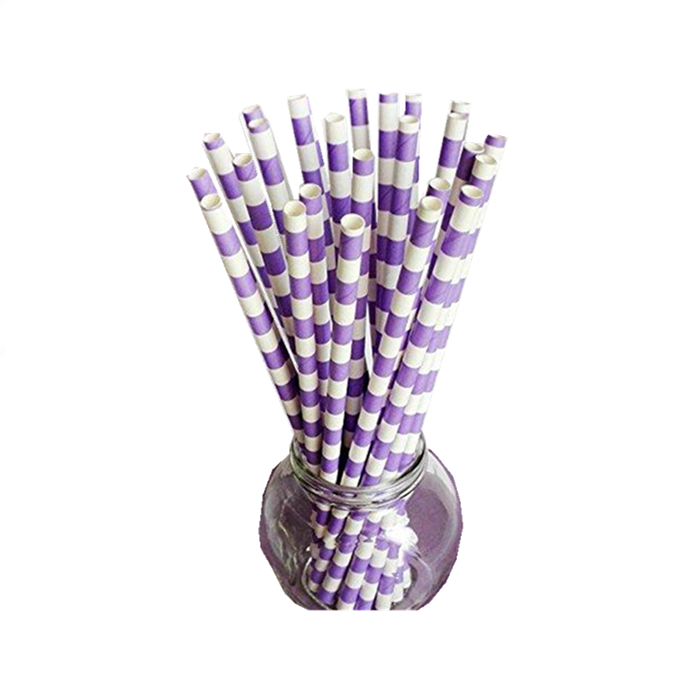German book and newspaper publishers are under pressure because of the sharp rise in paper prices. The German Book Exchange Association, which represents book publishers, reported that short-term orders for special graphic paper and binding cardboard had become more difficult. At present, it is not expected to impose significant restrictions on readers, but “if the paper shortage persists and the cost remains high for a long time, this may eventually have an impact on delivery capacity and book price.”
The rise in prices is due to the rise in energy and transportation costs, and the structural change that has intensified the COVID-19 crisis. More and more paper mills are turning their production from drawing paper to paperboard. This is due to the booming demand for online trade.
According to the fastmarkets Foex industry index, the price of waste paper in Germany has increased by 78% since the beginning of the year, and the price of pulp has also increased sharply. Depending on the type of paper, the two raw materials play different roles: cellulose is produced by chemical processing of wood or wood residues. These fresh fibers are made into new paper or, in the case of some types of paper, mixed with waste paper for processing. On the other hand, newsprint is made entirely of waste paper.
Book publishers feel the cost is higher. The German Book Industry Exchange Association pointed out that the delivery time of books, that is, the time of printing orders, including paper orders, has increased by 4-6 times. “Especially short-term post production is almost impossible.” publishers must immediately plan higher priced versions, which makes calculation more difficult.
Since switching to Europe about 20 years ago, book prices have only “risen very gently” with low profit margins. Publishing houses can not make up for the rising production costs for a long time, and have to adjust prices to “avoid falling into economic difficulties”.
The German Federal Association of digital publishers and newspaper publishers (bdzv) reported that the “price pressure” of newsprint exceeded the amount of paper produced. Not all buyers who receive the agreed quantity will charge a surcharge. The coming shortage of supply is very problematic. “We expect that in the long run, the sharp rise in raw material costs will also be reflected in product prices.”
Kant of afry, a management consulting firm, believes that the rise in paper prices is inevitable. “Paper makers are forced to raise prices because they are experiencing rising prices of raw materials and energy, some of which have never been seen before.” profit margins are low and the graphic paper market is shrinking.
Book publishers are affected differently. Textbook publisher cornelson reported that they were observing the situation “very carefully”. However, cornelson mainly printed in the first half of the year to prepare for the new school year, so it is not affected by the price spiral like other publishers.
On the other hand, ch Beck reported that the rise in paper prices, which “is not drastic” leading to book price adjustment, but part of the cost related price pressure, which has lasted for a long time and is now intensifying, and “may affect our medium-term pricing,” said yold, production manager.
The Munich publisher worried that “the shortage of all graphic paper on the market has worsened sharply”. There is almost no recycled paper on the market, and other types of paper almost no longer exist. “The pressure on publishers from procurement is at least as big as the price problem.”
“On the one hand, we are also struggling for significantly longer delivery times and higher costs,” said tourism publisher mairdumont (Baedeker). However, mairdumont’s goal is not to raise prices. In 2020, the demand for paper for newspapers and advertising paper decreased significantly. After all, the impact of the economic environment has led to less advertising. The economy has warmed up again this year, but there is not as much printing paper as needed.
The demand for printing paper has declined for many years, which is also due to digitization – electronic paper is used more in media consumption than in the past, and less is printed in the office. In the past year, the development speed has accelerated. According to the data of the paper industry association, the output of graphic paper in Germany has decreased by 15% to 6 million tons. The decline in 2019 is 8%, while the decline in previous years is small. The total negative figure over the past decade was 40 per cent. The development of Europe as a whole is similar. For a lot of money, the factory is transforming to produce paperboard instead of paper.
It is difficult to recycle paper: this happened in the year of COVID-19 outbreak in 2020, especially because of thinner newspapers and flyers, and this year, the number of recyclable products is relatively small. Roughly speaking, waste paper can be recycled ten times before it can be completely reused.
High price and high demand – does this induce the company to start producing graphic paper again? Gregor Andreas Geiger of the paper industry association shook his head: “the production capacity of graphic paper is gone. They may not come back.” structural changes will continue. However, in the foreseeable future, supply and demand may stabilize again. Industry expert Kant also expects a recovery – pulp prices have fallen slightly in North America and China.
Post time: Oct-14-2021

